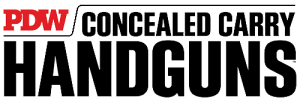LATEST FIREARM NEWS FROM ALL BRANDS
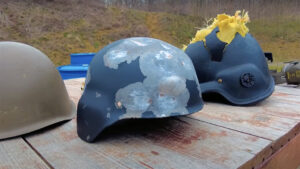
VIDEO: Watch Adept Armor NovaSteel Helmet Stop .357 Magnum!
Tactical Life Staff April 20, 2024
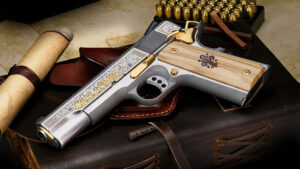
SK Customs Adds Da Vinci to its Early Italian Renaissance 1911 Series
Combat Handguns April 20, 2024
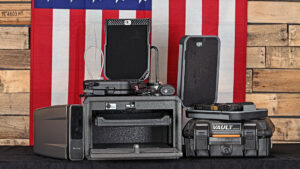
Safe Gun Storage Practices Prevent Unauthorized Access, Theft, and Damage
Madison Heim April 19, 2024
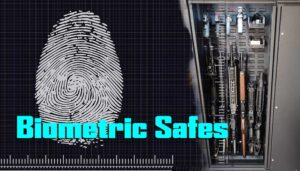
The Ups and Downs of Biometric Safes
Fred Mastison April 18, 2024

TESTED: See More Afield With the Kite Optics APC 50 Stabilized
Todd Burgreen April 18, 2024
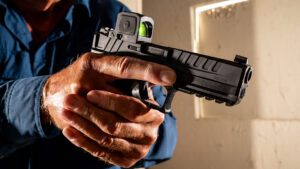
Learn to Run a Red Dot Optic at the Gunsite 350 Pistol with Optics Class
Mike Detty April 17, 2024

Real Life Roadhouse: How to Become a Bouncer
Michael D'Angona April 16, 2024

Range Etiquette: A Guide on How to Not Be That Guy [or Gal]
Madison Heim April 16, 2024
BROWSE BY BRAND
Didn't find what you were looking for?
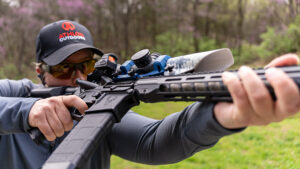
Training 101: LPVO to Red Dot Rifle Optics Transition Drill
Kenzie Fitzpatrick April 17, 2024
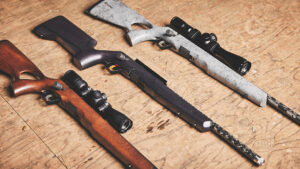
VIDEO: Savage TIMBER Series Bolt-Action, Semi-Auto Rimfire Rifles
Ballistic Staff April 17, 2024
CHECK OUT ATHLON OUTDOORS ORIGINAL VIDEO SERIES
More Videos

VIDEO: Watch Adept Armor NovaSteel Helmet Stop .357 Magnum!
Tactical Life Staff April 20, 2024

VIDEO: Savage TIMBER Series Bolt-Action, Semi-Auto Rimfire Rifles
Ballistic Staff April 17, 2024
Tests and Product Reviews
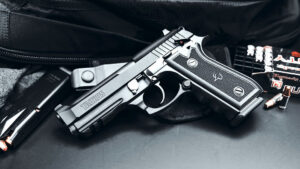
TESTED: Taurus 917C DA/SA 9mm Pistol Upgrades an Old Favorite
Mike Detty April 18, 2024
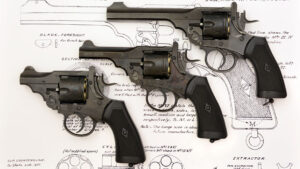
Air Webley: The .455 Mk VI Revolver Lives On in 4.5mm
Dennis Adler April 15, 2024
SUPPRESSORS & NIGHT VISION
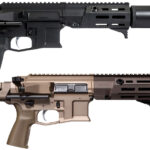
Maxim Defense Expands the PDX-SD with 7.62x39mm and .300 BLK Options
Personal Defense World April 12, 2024
In 2019, Maxim Defense introduced its short and maneuverable PDX short-barreled PDW, followed one year later by the PDX-SD. The PDX-SD expanded on the original platform by adding an integrated suppressor while maintaining stealthy, close-quarters handling. However, although the original
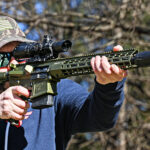
Huxwrx Ventum 762: Hub-Compatible Flow-Through Suppressor
Andy Grossman March 6, 2024
One of my favorite things about being in the outdoor industry is media events. I love seeing new products before companies release them to the public. Even cooler, companies sometimes ask for my thoughts on a product as a shooter.
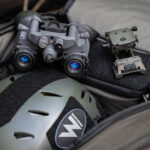
Armasight Ultimate Night Vision Kit: All You Need for Night Ops
Robert Jordan March 1, 2024
Several years ago I was in the right place at the right time and got a killer deal on some Gen 3 night vision tubes. Money was tight (isn’t it always?), but I couldn’t turn down the deal. I was

Maxim Defense Expands the PDX-SD with 7.62x39mm and .300 BLK Options
Personal Defense World April 12, 2024

Huxwrx Ventum 762: Hub-Compatible Flow-Through Suppressor
Andy Grossman March 6, 2024

Armasight Ultimate Night Vision Kit: All You Need for Night Ops
Robert Jordan March 1, 2024
Didn't find what you were looking for?
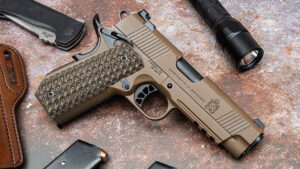
Springfield Armory TRP Carry Contour Review: The Concealable 1911
Garrett Lucas April 11, 2024
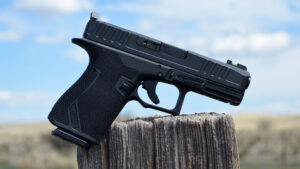
Running the ZRO Delta FKS-9: The Glock Clone Living on the Edge
Mike Detty April 8, 2024
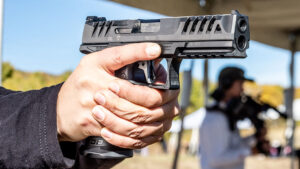
Full-Size Walther PDP Match Review: Enhanced Ergonomics and Accuracy
Frank Jardim April 6, 2024






